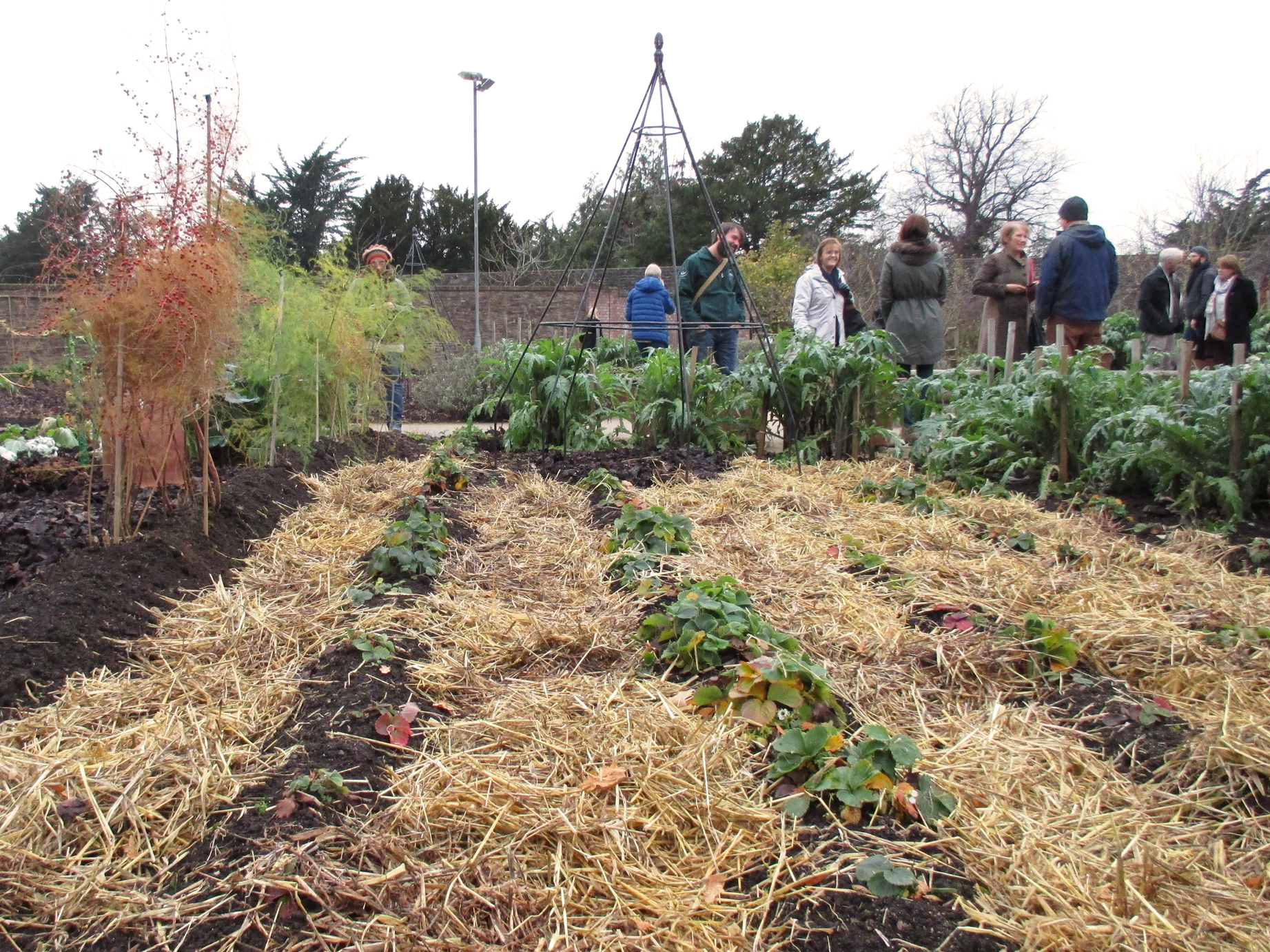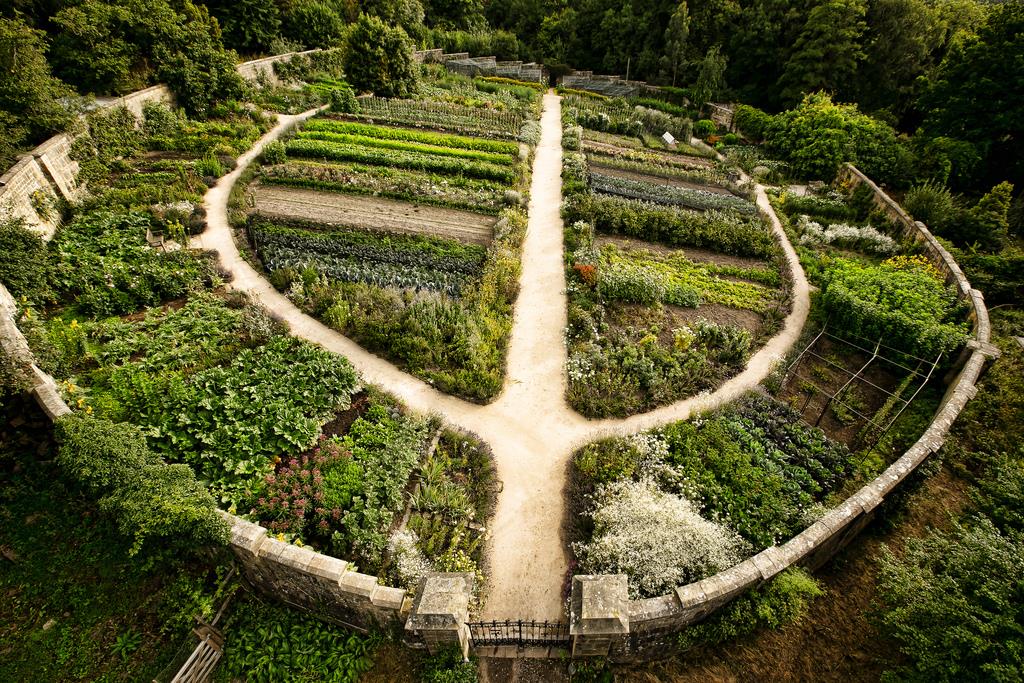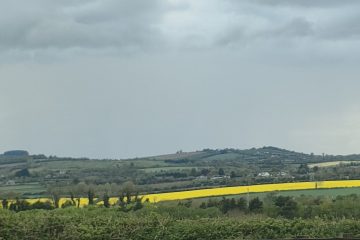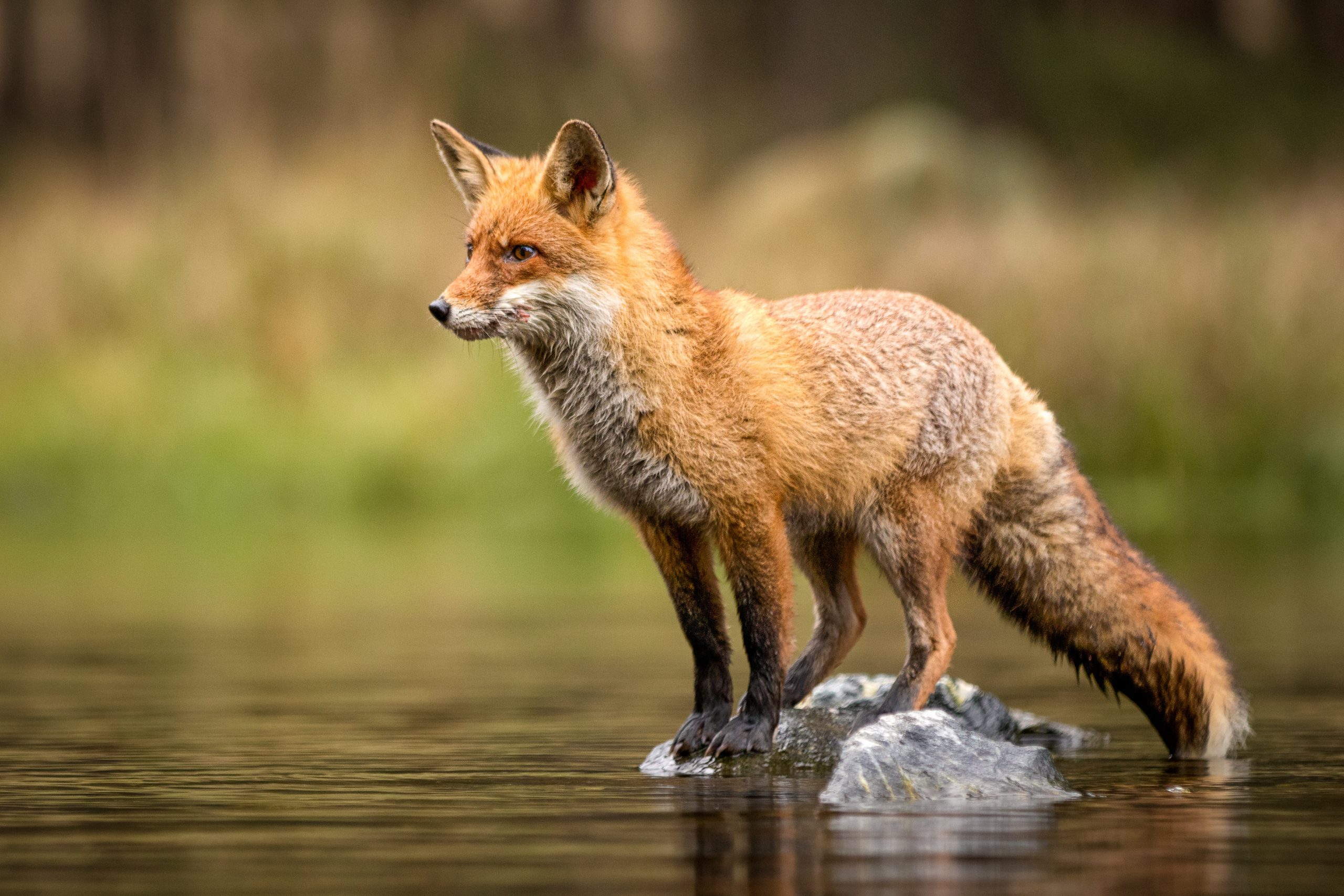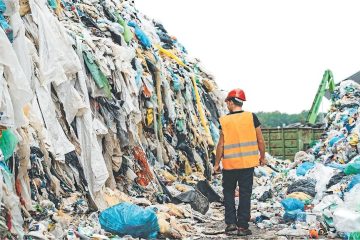The Importance of Healthy Soil for Long-Term Food Security

Globally, conventional agriculture is still following the same model of working with the land that led to the great dust bowls of America in the 1930s. So are we walking straight into a global crisis without noticing it, asks Permaculture teacher and designer Aaron Jewell.
Every single civilization has relied on topsoil and agriculture to provide food security for its continual growth.
However, this reliance is now very much under threat, with the world population growing, healthy soil degrading, and food security becoming a major issue across the globe.
We don’t have to look back too long for evidence of previous catastrophic events relating to our soil. The great dust bowls of America in the 1930’s highlight how quickly we can rapidly lose healthy soil following years of bad land management.
Following only a few decades of over-grazing and over-tilling the land, drought arrived in the American and Canadian prairies, making it impossible to grow food.
All organic matter was removed from the land as huge winds blew off all the topsoil and left the soil barren and dead. The grim situation on the prairies is a reality nowadays all over the globe.
Soil scientists have recently said that we are losing about 75 billion tonnes of healthy soil each year across the world. Although this looks to be a conservative estimation, it gives us a critical perspective on how much topsoil we are losing each year.
Let’s put that in context to understand the scale of the problem. With a global population of about seven billion and growing, we are now destroying over 10 tonnes of healthy soil each year for every living person on the planet.
Here in Ireland
Ireland deeply relies on importing fresh fruit and veg from the world’s leading exporting countries, Spain and the Netherlands, taking our food security out of the hands of any holistic management strategies.
Ireland’s position on food security has never been a good one, but we have a great opportunity now to look at the possibilities of introducing a new agricultural model to support the needs of the whole system and become more sustainable and resilient while using regenerative practices on our soil to grow quality food.
Currently, we end up relying on market prices, fossil fuels for transport and the health of the soil in other countries. We have not put in place any solutions to face the fact that Ireland only has two per cent of agricultural land dedicated to growing crops. And just over one per cent of that is for organic growing, despite over 70 per cent of Ireland’sland mass being used for agriculture.
Teagasc have stated that half of Ireland’s agriculture land is marginal (not deemed fit for making profit). Also, the fact that 35 per cent of land is now deemed ‘OK’ to continue our agriculture methods is an alarming situation, especially for an island nation.
It appears as if we are sleepwalking into a scenario of not having much agriculture providing locally grown, organic food, while, at the same time, we are degrading the soil at a rapid rate – soil that we need to grow more food to provide security for future generations.
It is very clear that we need new land management strategies and practices put in place here in Ireland to gain any sort of food security long-term.
But what new strategies could we start to look at?
Regenerative Solution Based Design
The first key thing we can do is to admit that we need to work better with nature, and not against it. Using the land for monoculture production is not a holistic approach.
While Ireland is renowned for its beef and dairy products, we need to ask the following two questions: Can we work more holistically with our animal systems? And can we grow an abundance of annual and perennial crops alongside these animals systems to benefit and share nutrients with the soil to regenerate it?
The answer is yes and it is already happening in many other parts of the world using clever and resilient practices such as Regenerative Agriculture, Holistic Management, Silvopasture, Agroforestry, and importantly, Permaculture.
Designed by Bill Mollison & David Holmgren, Permaculture is a design science, which observes natural systems in an attempt to learn from what they offer in the way of design, stability, and resilience.
Permaculture looks at the whole system and values how it all works in a synergy of balance and abundance. Permaculture focuses on techniques and practices, which helps re-establish balance by creating places of diversity and abundance through restoring natural habitats.
Using Permaculture as a natural design science in Ireland allows us to observe the land as a whole system, not just to grow wheat, barley or grasslands. We can also start to work with the contours of the land and introduce more water management to our landscape.
There are numerous example of how, over the past decades, we have been able to improve the health of our soils through more holistic land management strategies and design.
We can look at the inspirational work of Sepp Holzer in Austria where he completely regenerated land above 1000m in the Alps with holistic approaches, growing food that was deemed impossible in that region.
We can also examine the amazing work of Masanobu Fukuoka from Japan who worked with nature and not against it to produce higher yields than the conventional agriculture surrounding his farm. He has also been able to re-established desertified lands with holistic design.
We have the technology, wisdom and capabilities to fix the issues we face globally today.
As Bill Mollison states: “Though the problems of the world are increasingly complex, the solutions remain embarrassingly simple.”
We need to work better as a civilization, and we really need to start working with nature not against it, as without nature we will lose all the resources necessary for us to survive as a functioning civilisation.
Aaron Jewell is a Permaculture teacher, designer, campaigner and environmentalist. He has studied and worked with the Permaculture Research Institute of Australia on holistic, solution-based systems.

